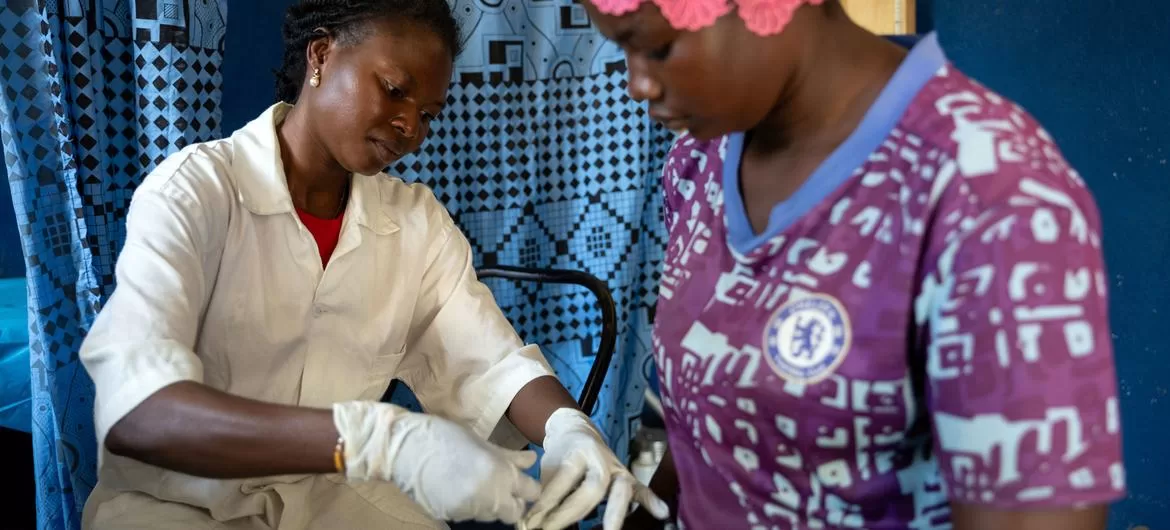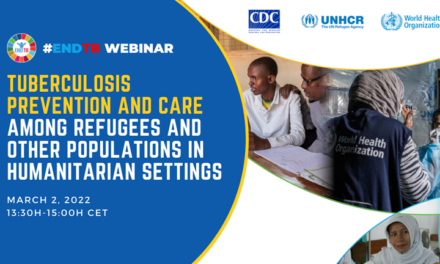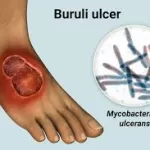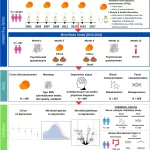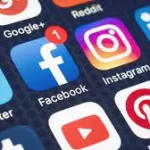Over the past several years, Africa has witnessed a steady decline in foreign aid for health, exposing the continent’s heavy reliance on external funding. Since 2018, donors have been shifting their priorities, leading to significant cuts in aid from major contributors such as Germany, France, Norway, and the United Kingdom. In a more recent development, the United States froze its aid to Africa in January 2025, further exacerbating the funding crisis. These reductions have had dire consequences, including the suspension of vaccination programs and HIV/AIDS treatment initiatives, leaving millions vulnerable.
The Consequences of Reduced Foreign Aid
Foreign aid plays a crucial role in supporting Africa’s health sector, providing resources for vaccines, maternal healthcare, and disease prevention. The abrupt withdrawal of funding can lead to devastating consequences. For instance, between 2021 and 2022, approximately 72 million people missed out on treatment for neglected tropical diseases due to UK aid cuts. Similarly, the halt in U.S. funding has jeopardized polio eradication efforts and HIV/AIDS treatment programs under the President’s Emergency Plan for AIDS Relief (PEPFAR), particularly in South Africa, where a $400 million annual cut threatens to increase infection rates and mortality.
Addressing Aid Dependency: Four Key Strategies
While foreign aid has been instrumental in supporting Africa’s healthcare system, it is evident that long-term, sustainable solutions are needed. Experts in global health recommend four key strategies to reduce dependency on external funding:
1. Strengthening Country Leadership and Ownership
African governments currently allocate less than 10% of their GDP to healthcare, falling significantly short of the estimated $26 billion annual investment required to meet the continent’s health needs. Increased domestic investment in health services is essential to achieving self-sufficiency and mitigating reliance on fluctuating foreign aid.
2. Exploring Underutilized Domestic Financing Options
Several African nations have successfully implemented innovative financing mechanisms to bridge resource gaps. For example, Zimbabwe introduced a 3% AIDS levy in 1999, funded by individual and corporate incomes, to sustain domestic HIV/AIDS programs. Nigeria has also demonstrated commitment by absorbing 28,000 healthcare workers previously funded by USAID, proving that domestic health financing is achievable.
3. Expanding Public-Private Partnerships
Collaborations between governments and private organizations can help alleviate funding shortages. One notable example is Kenya’s 2015 partnership with GE Healthcare, which enabled the government to acquire radiography equipment and services through a structured payment plan. Such initiatives allow governments to manage healthcare expenditures more effectively over time.
4. Enhancing Regional Integration and Local Production
Reducing reliance on imported medical products by promoting local manufacturing can strengthen Africa’s health sector. The African Union’s Africa Medicines Authority has established a harmonized registration system that creates a single market for pharmaceuticals, fostering the growth of local producers and exporters while lowering costs.
Another promising avenue is leveraging development finance institutions such as the African Development Bank and the African Export-Import Bank to secure investments for healthcare infrastructure and small-scale enterprises. The AfricInvest investment platform has already raised over $100 million, funding 45 dialysis centers across Africa and providing affordable healthcare services to remote communities.
The Path Forward
Africa must adopt a multifaceted approach to health financing, combining national, regional, and international strategies to gradually reduce its dependence on foreign aid. While global funding trends are shifting, proactive domestic investment and collaboration can ensure that essential health services remain accessible to millions across the continent.
Disclaimer: This article is based on publicly available information and expert insights. The views expressed herein do not necessarily reflect those of any specific organization or governing body.

